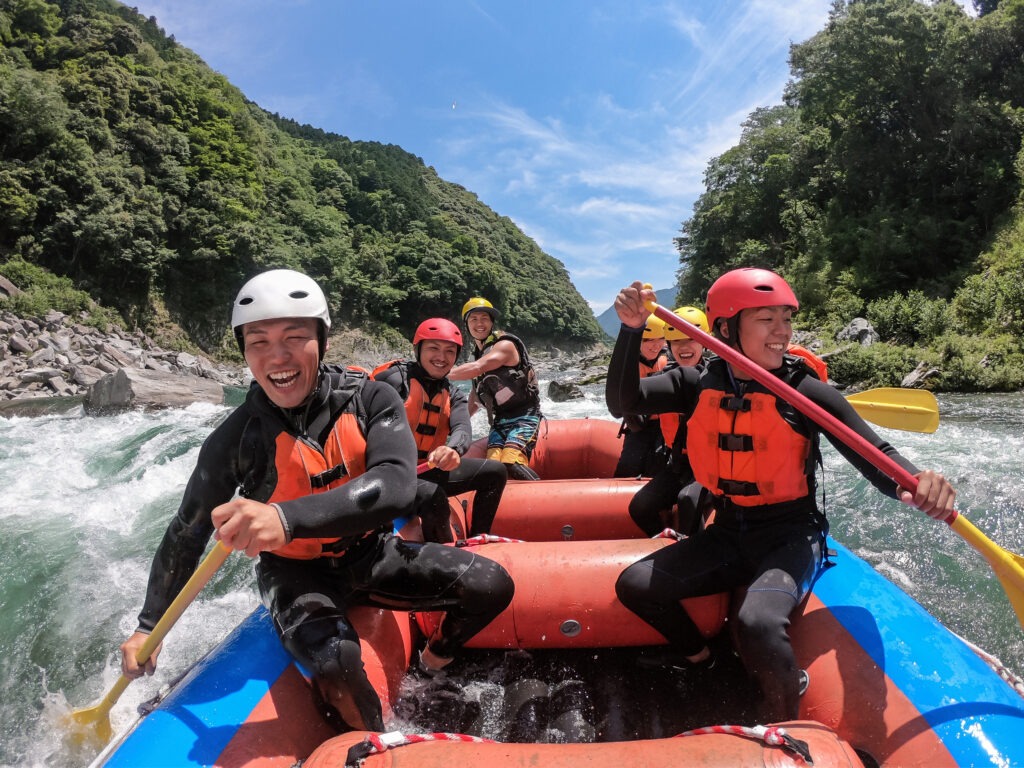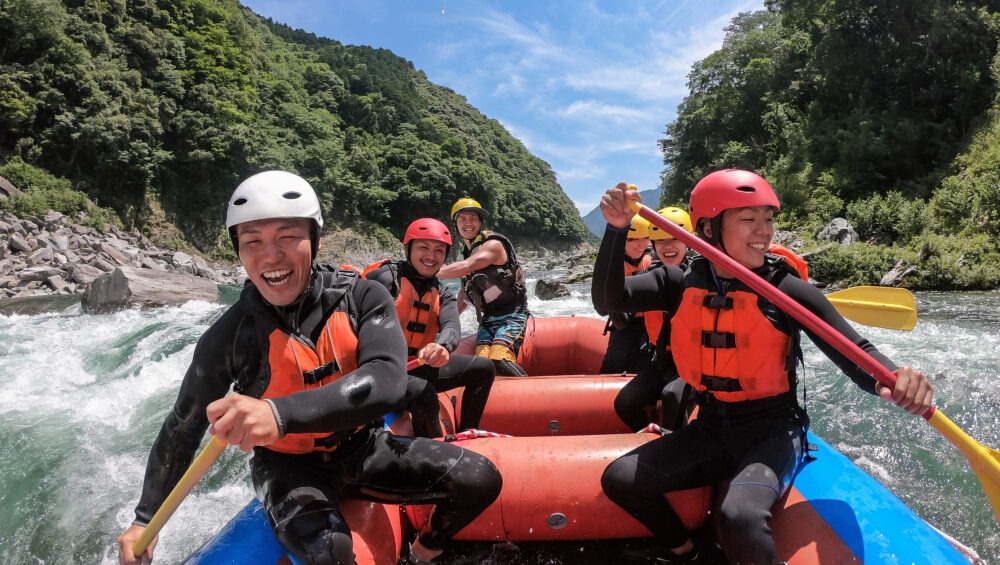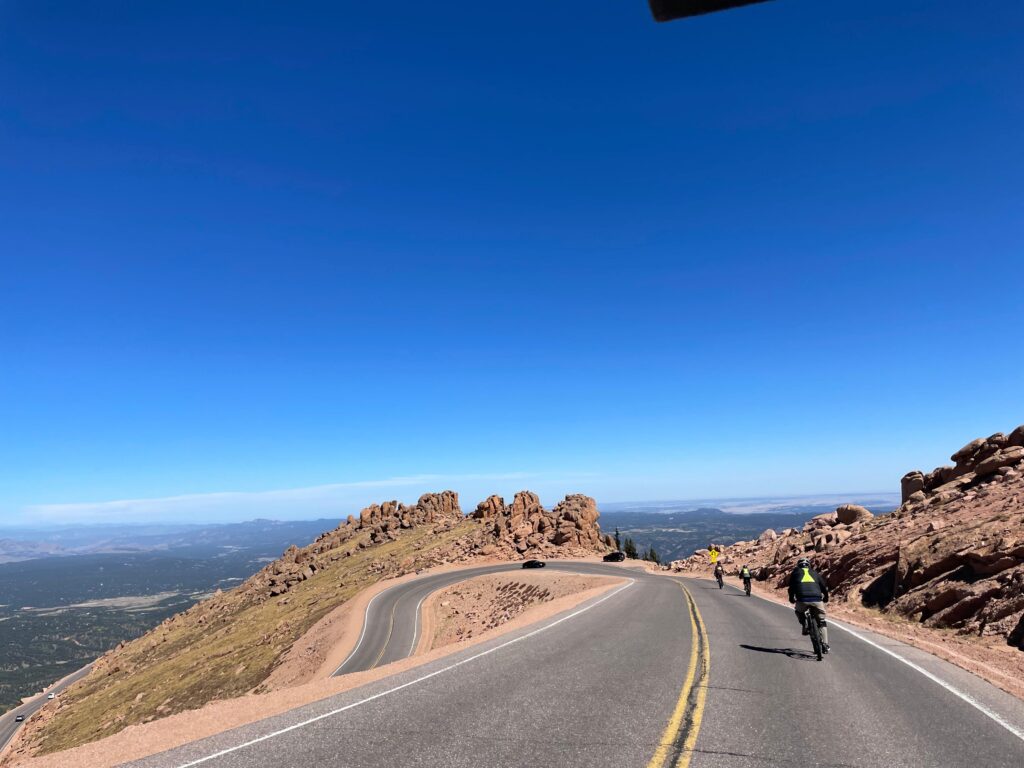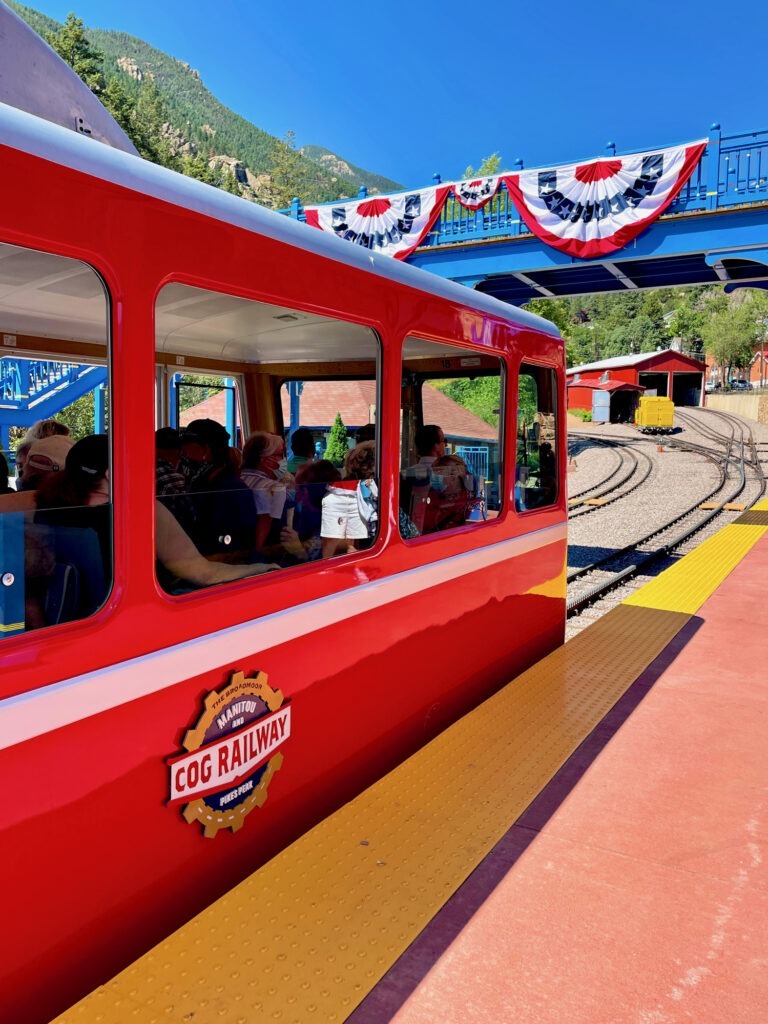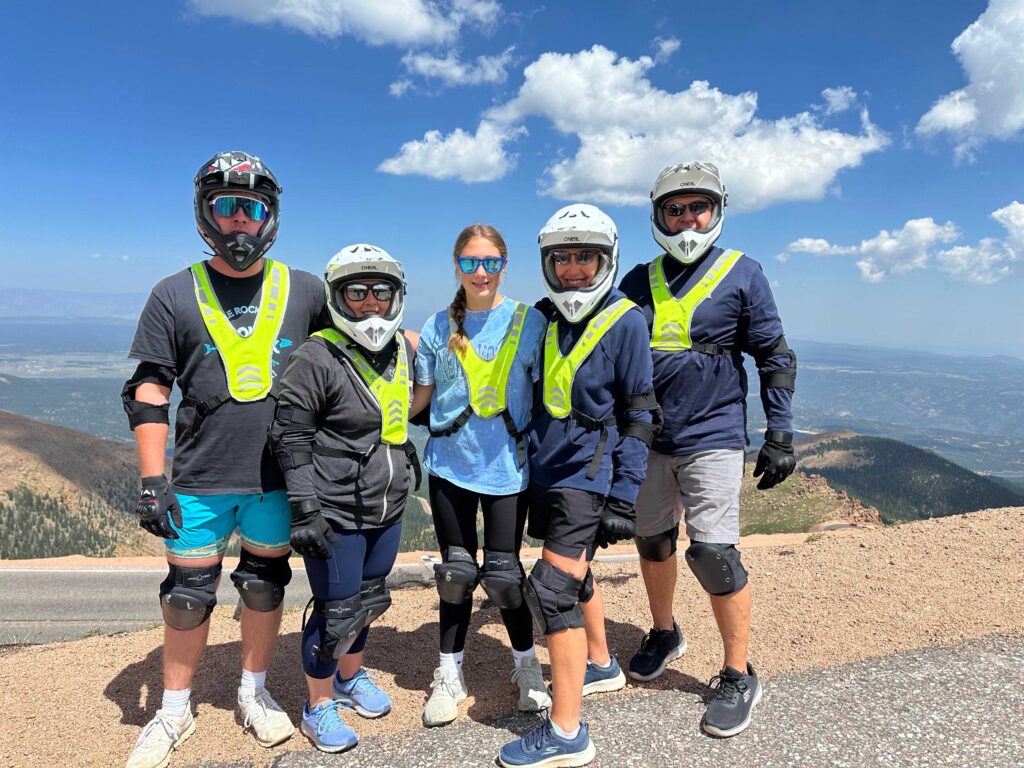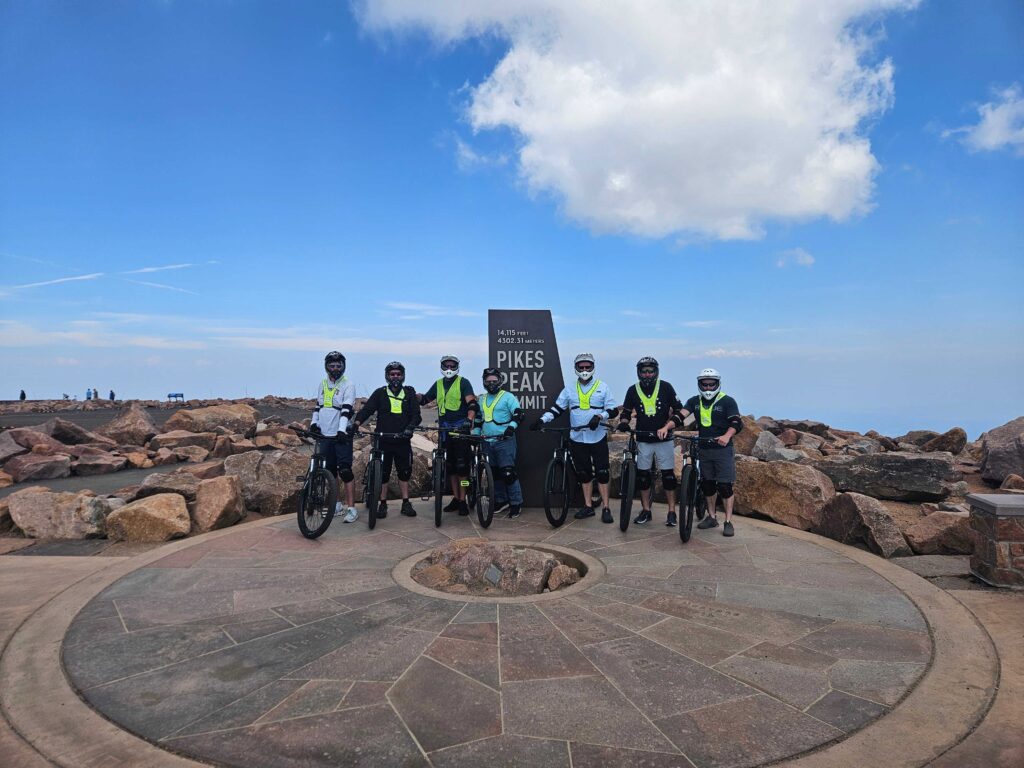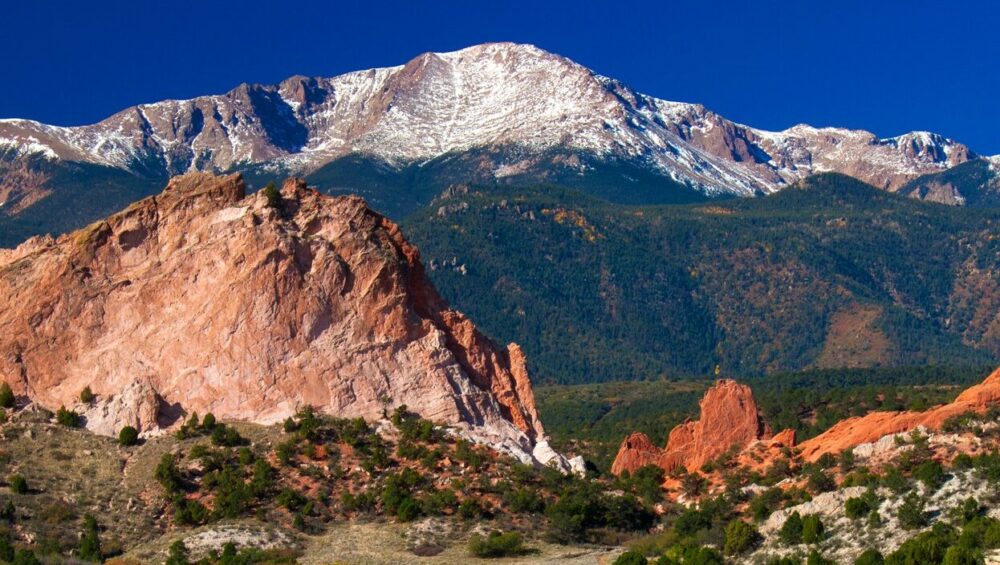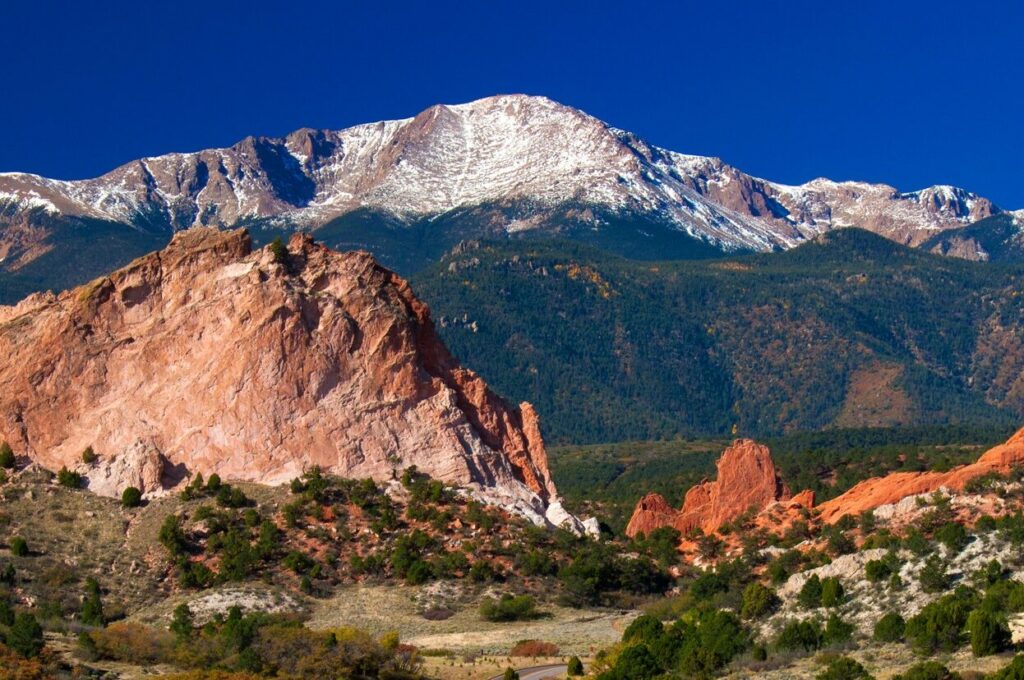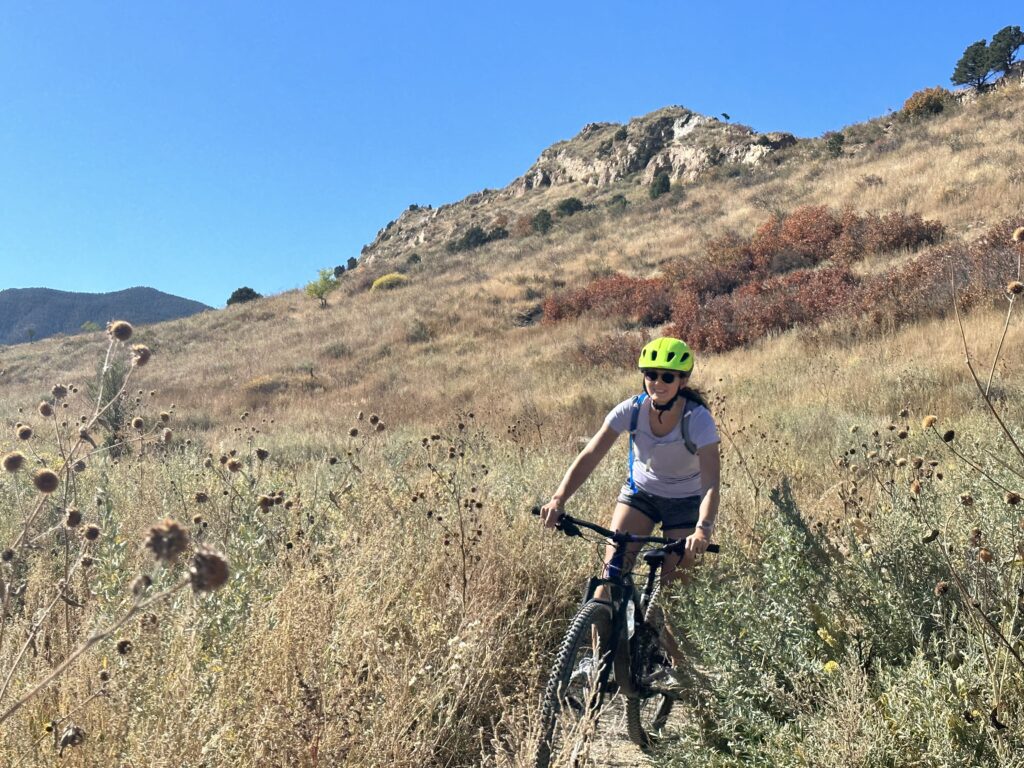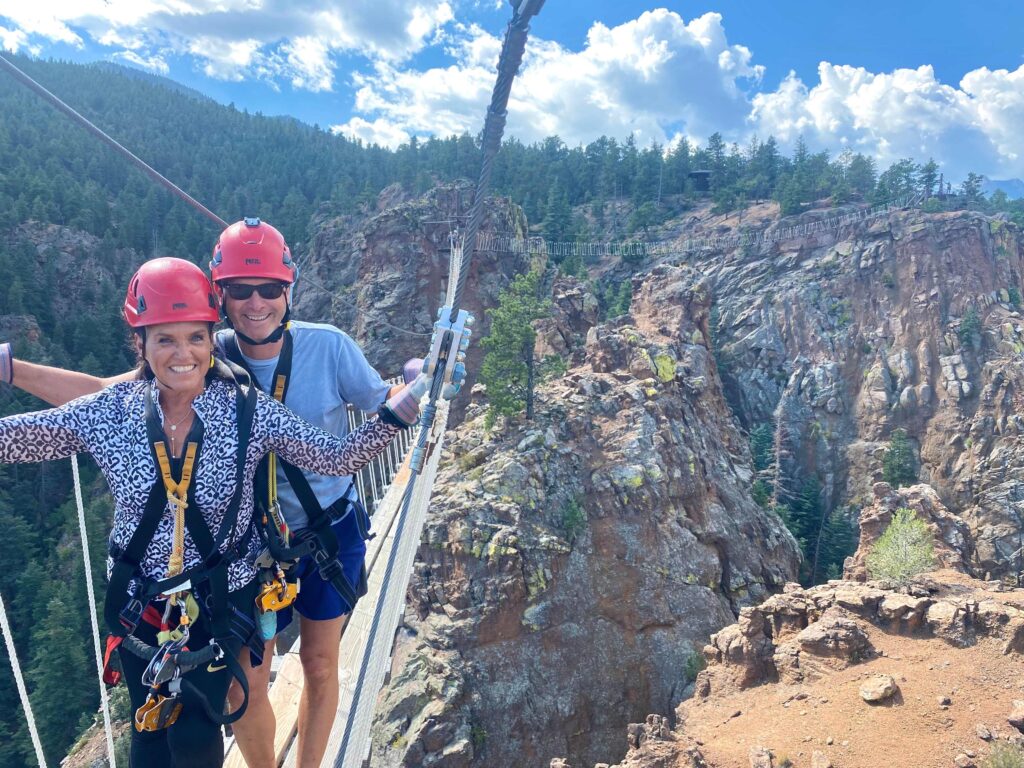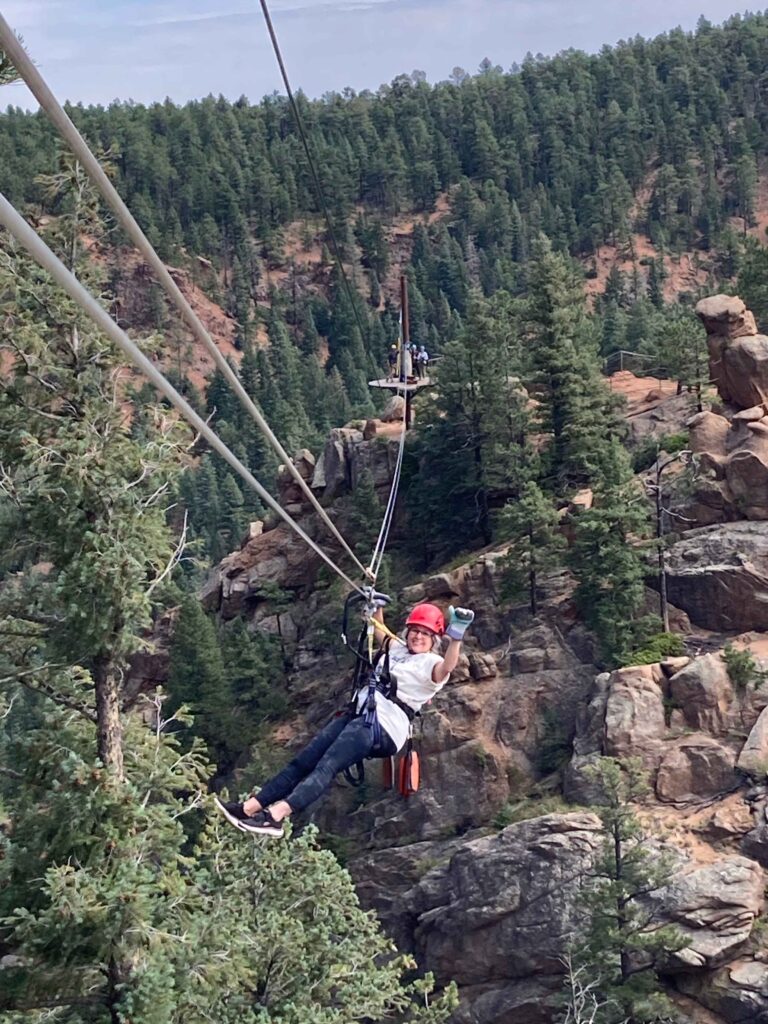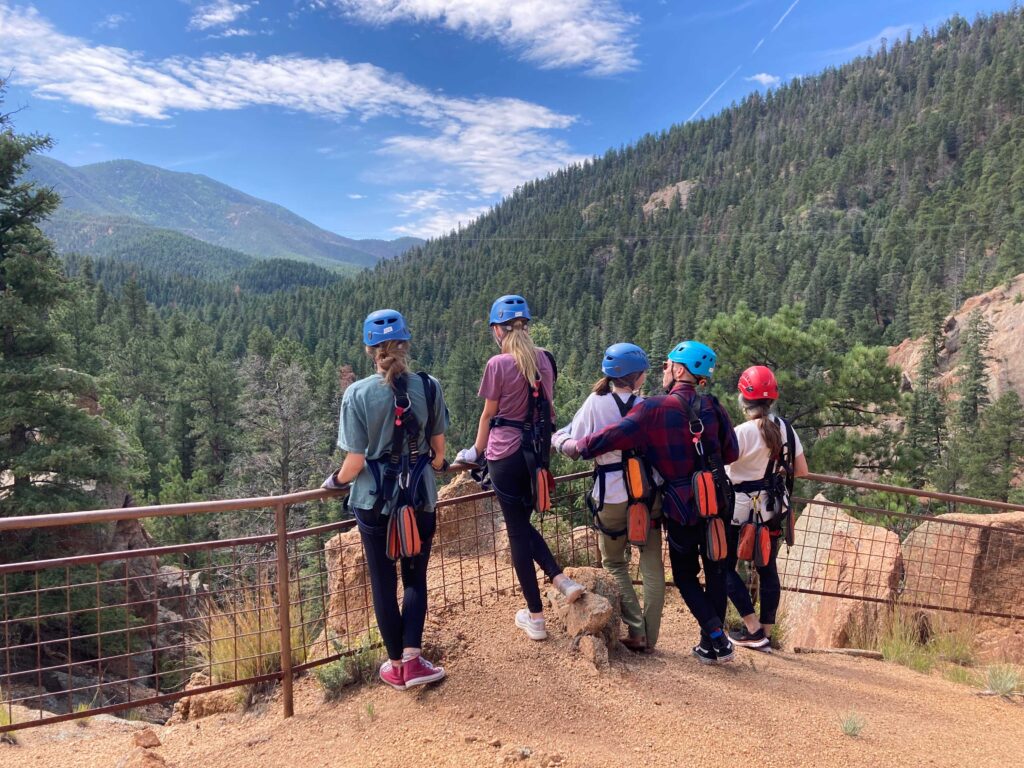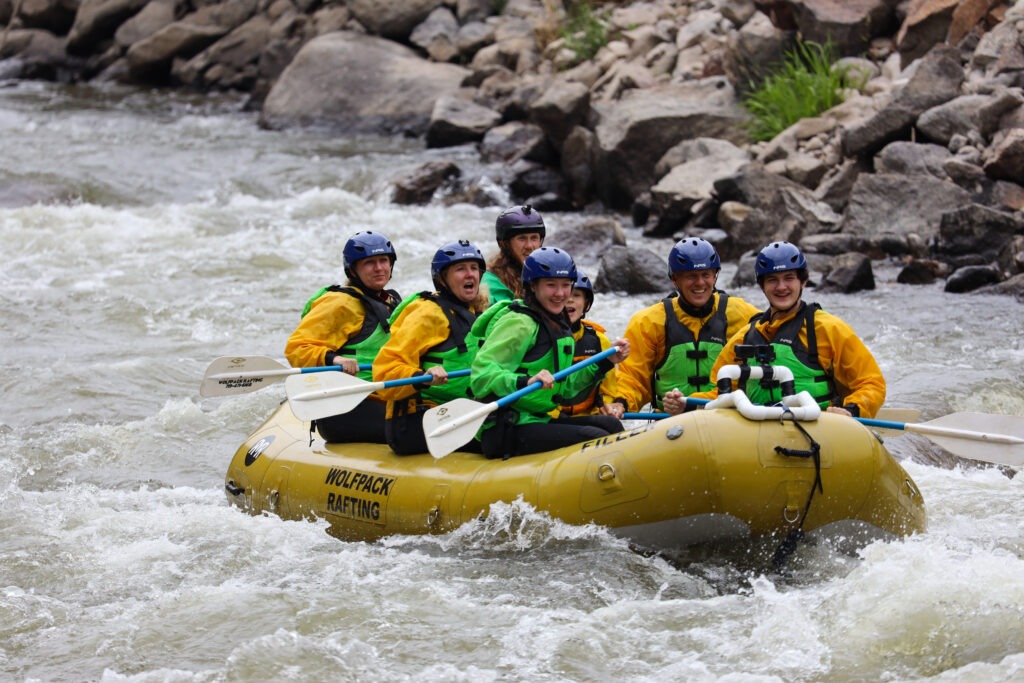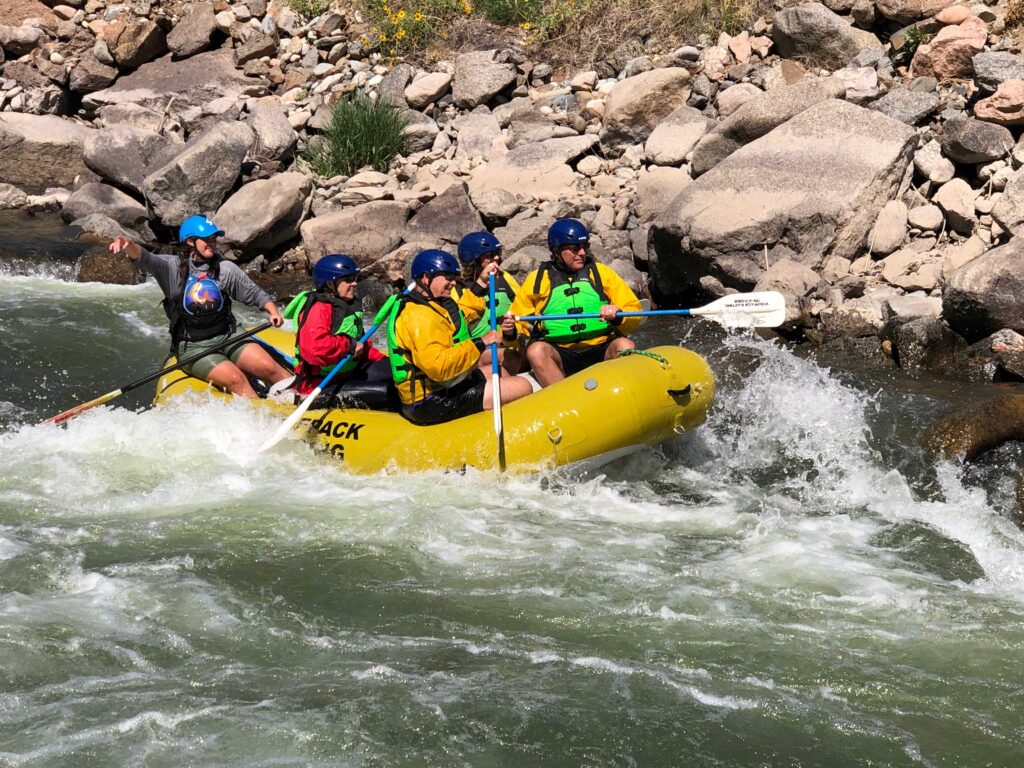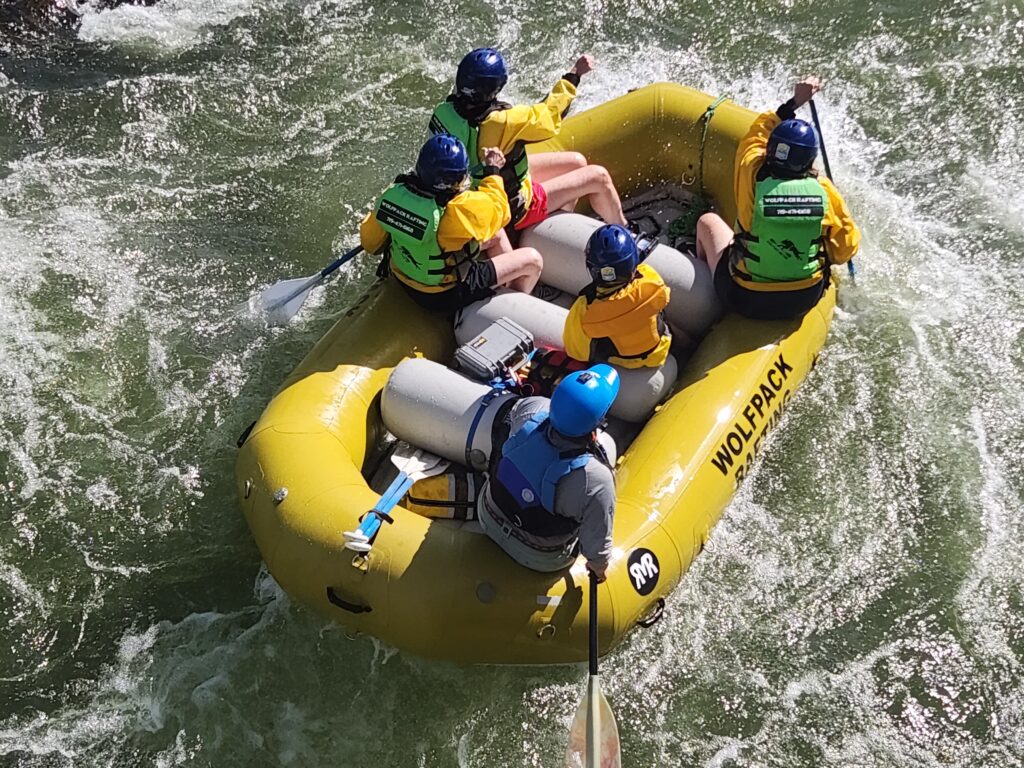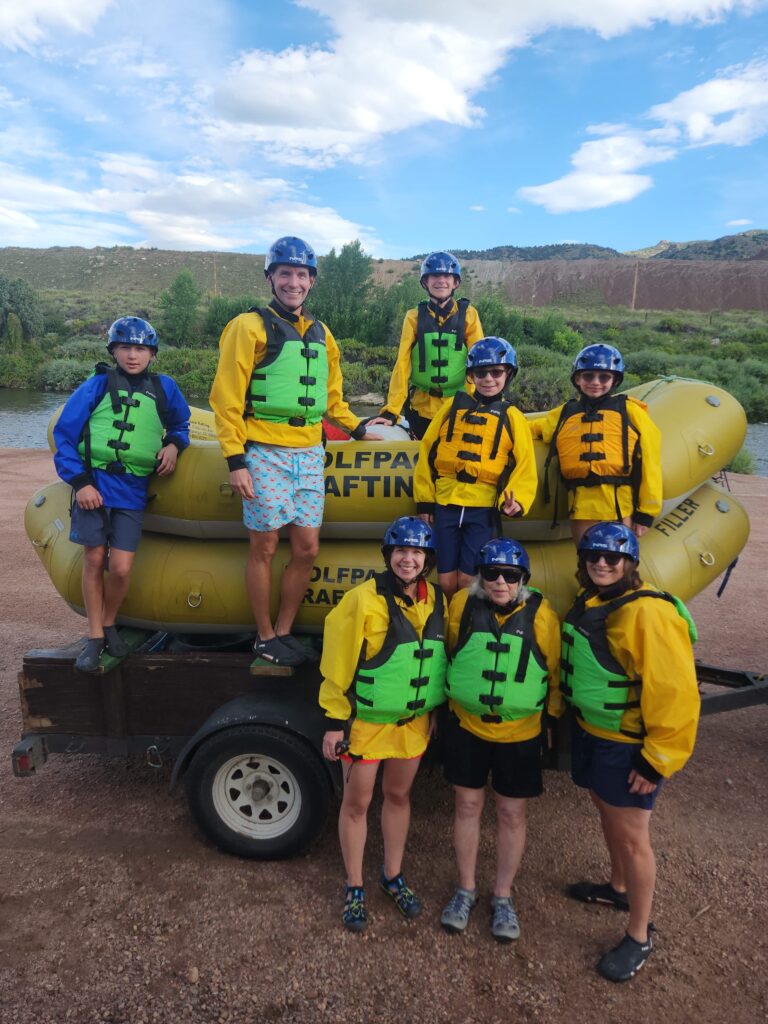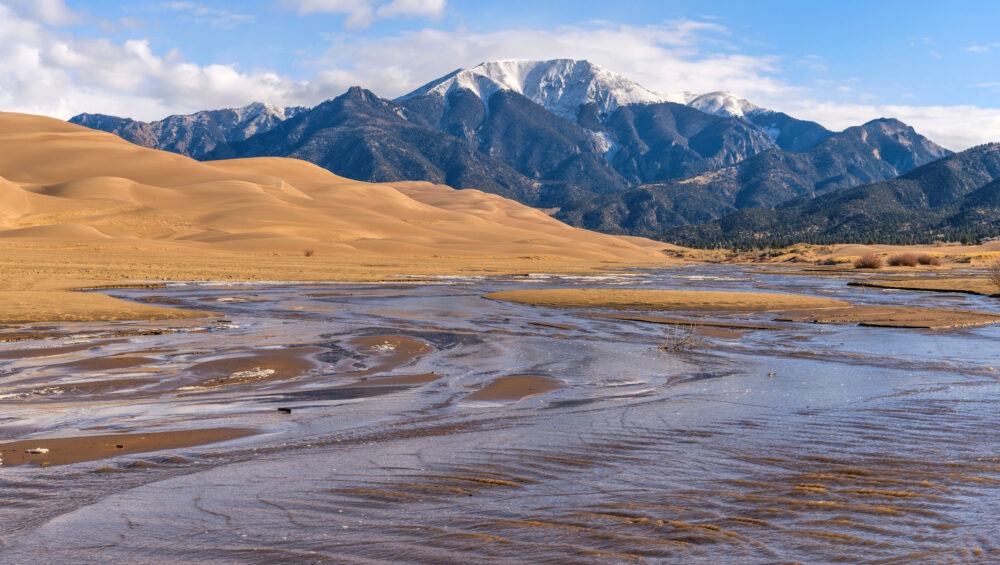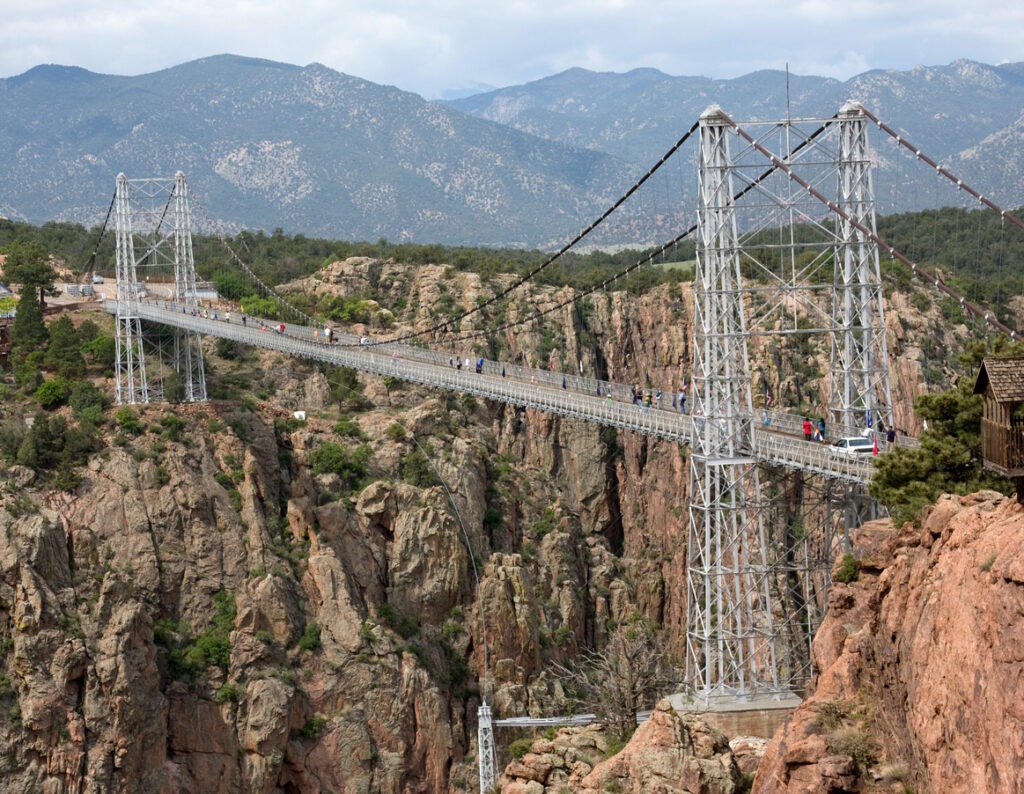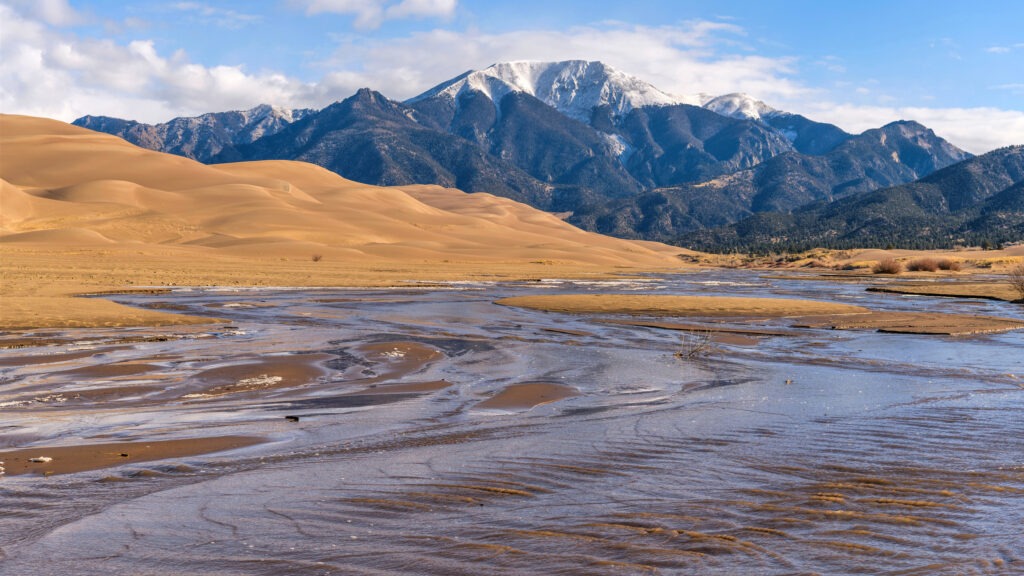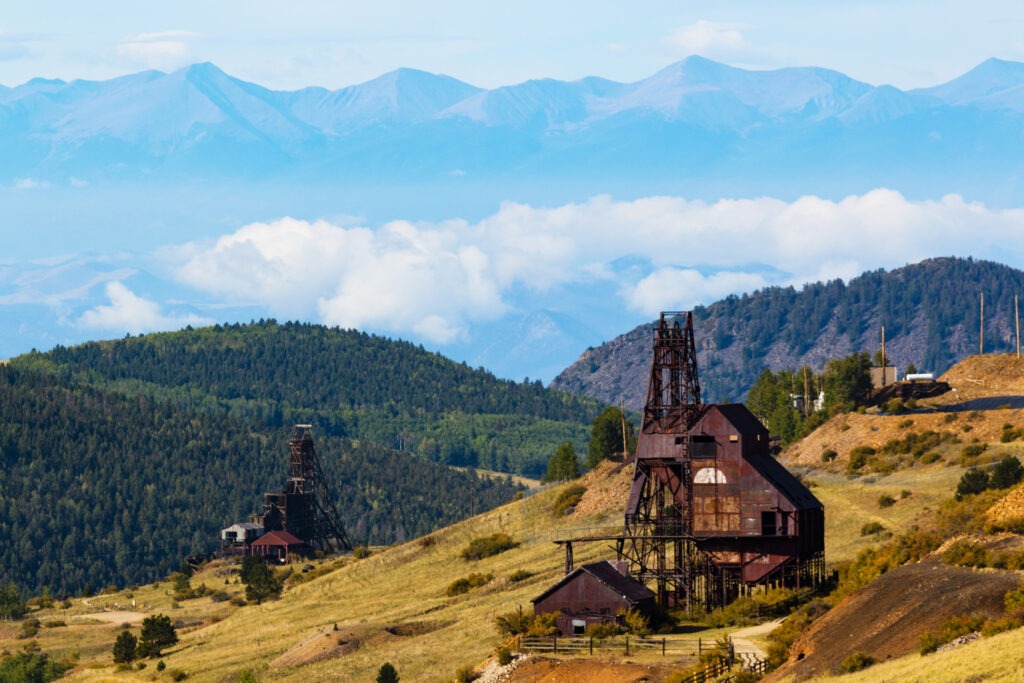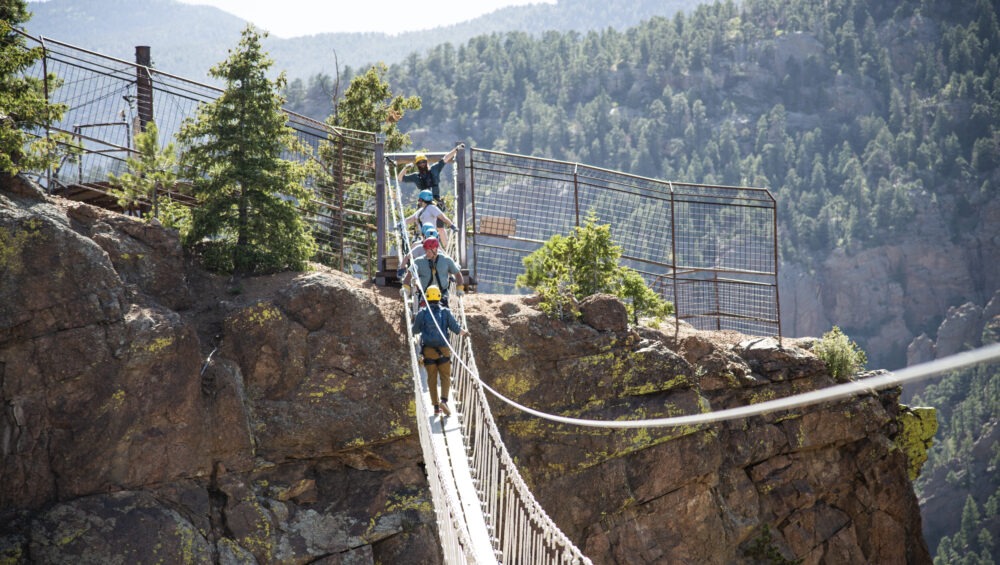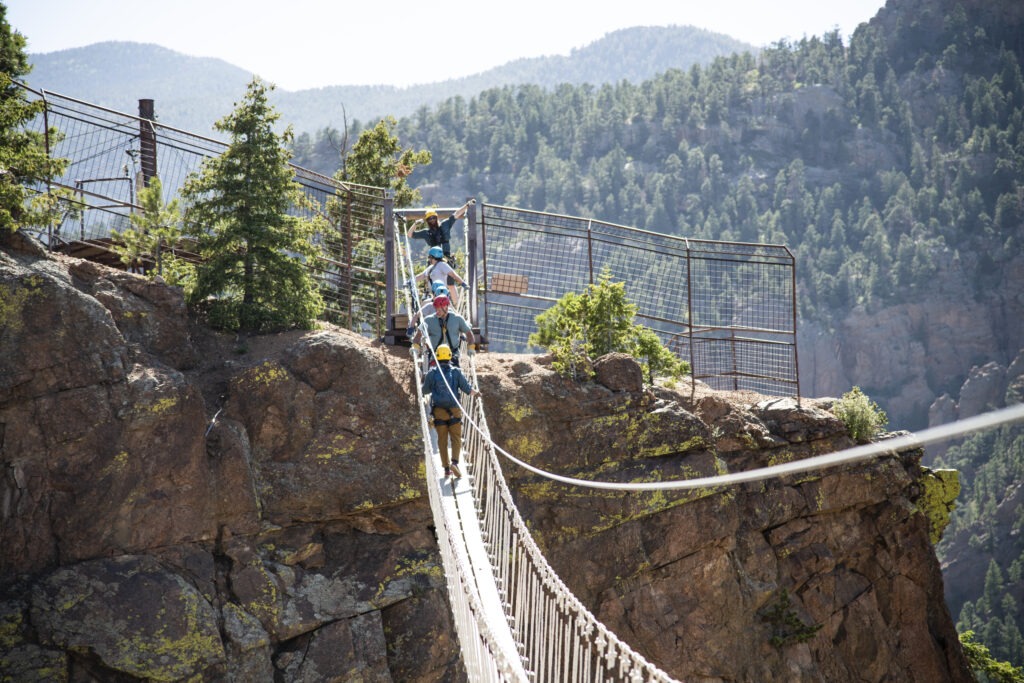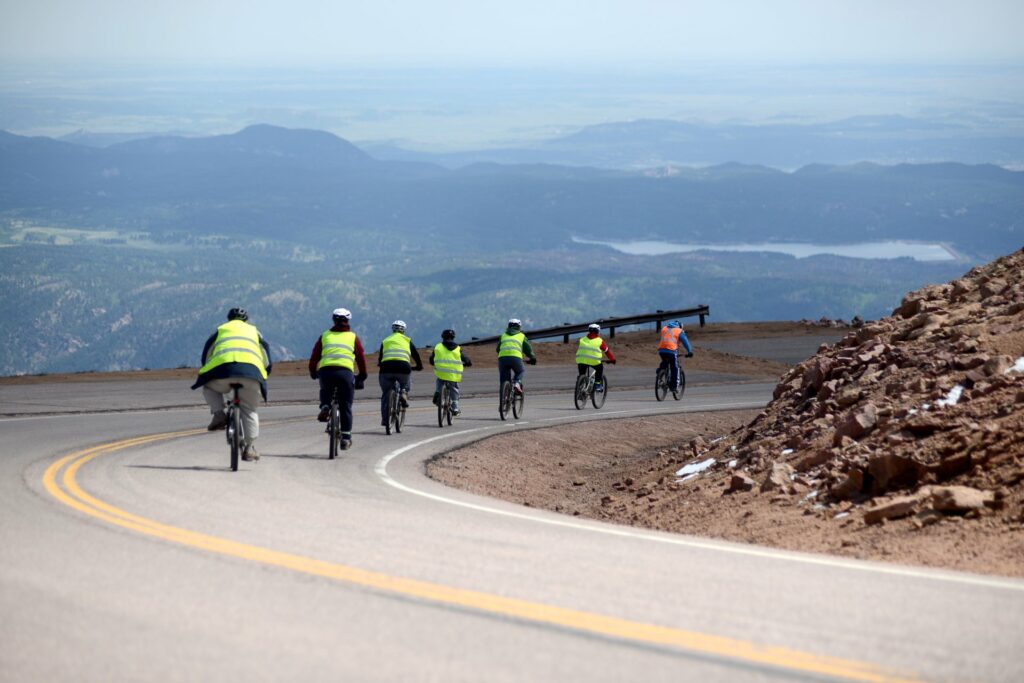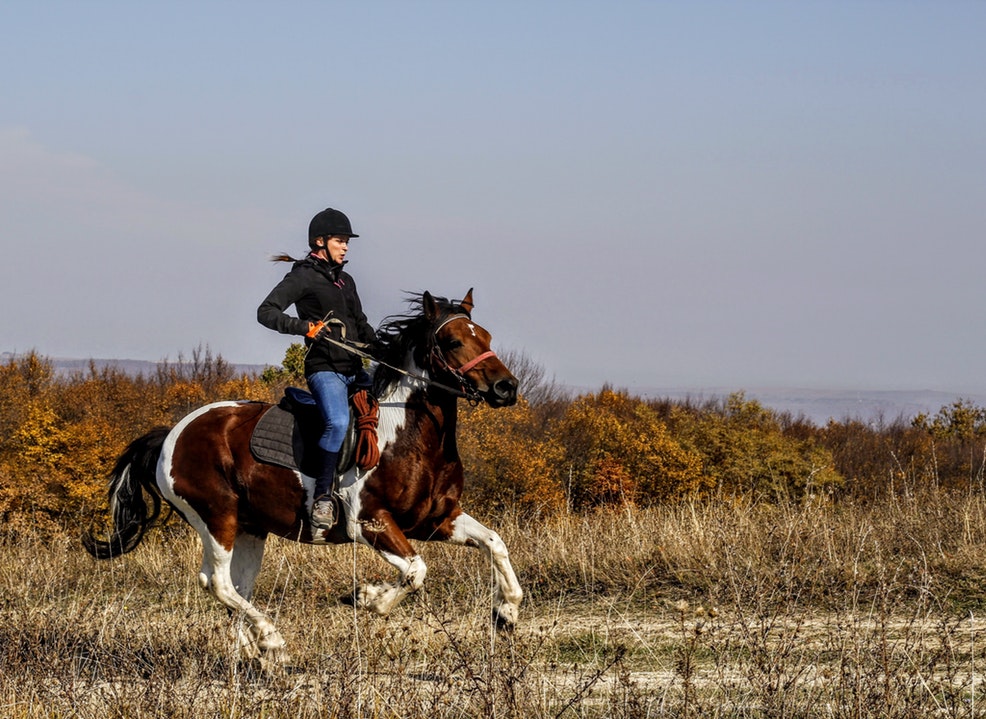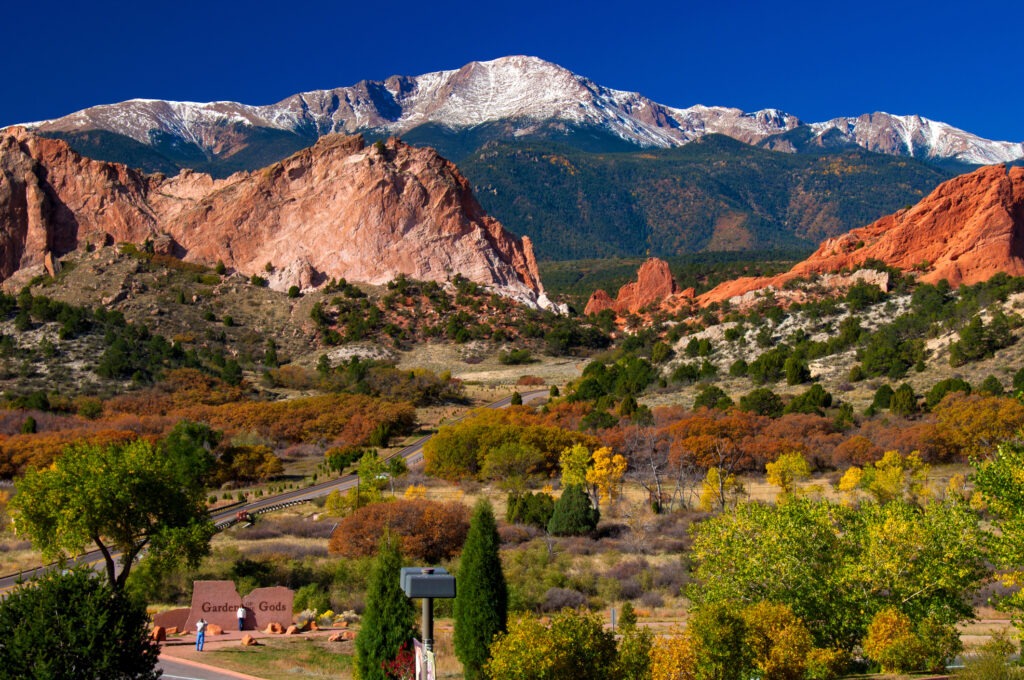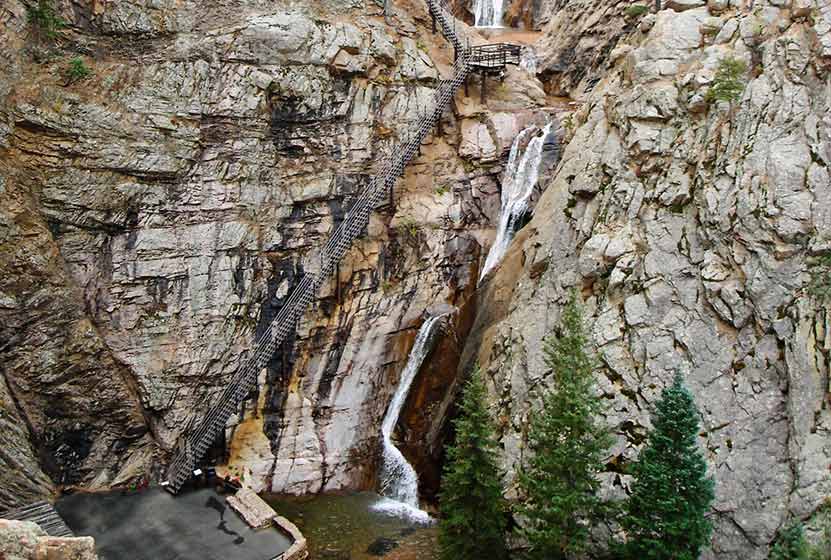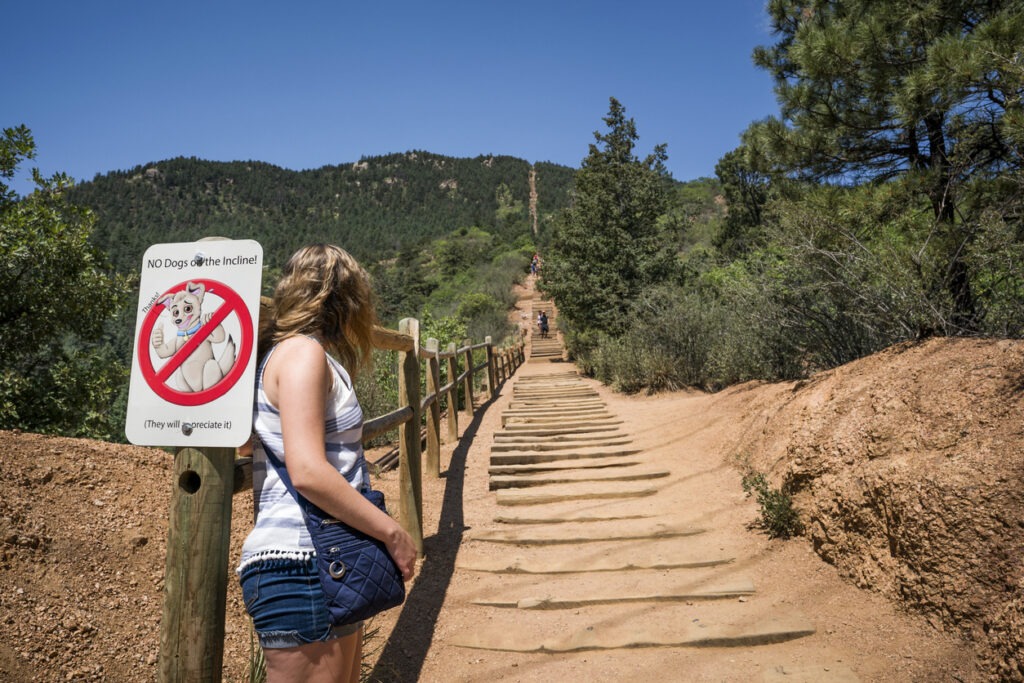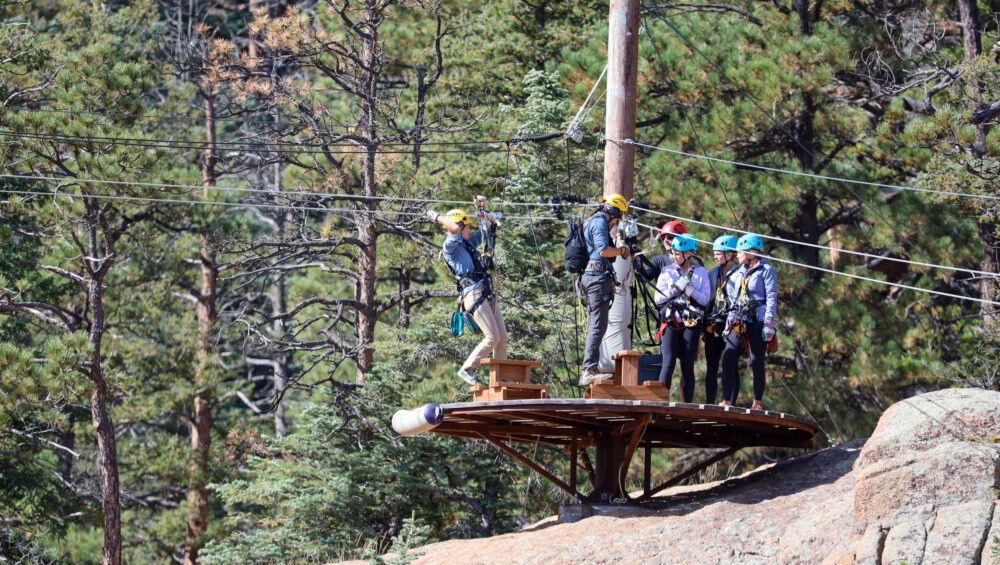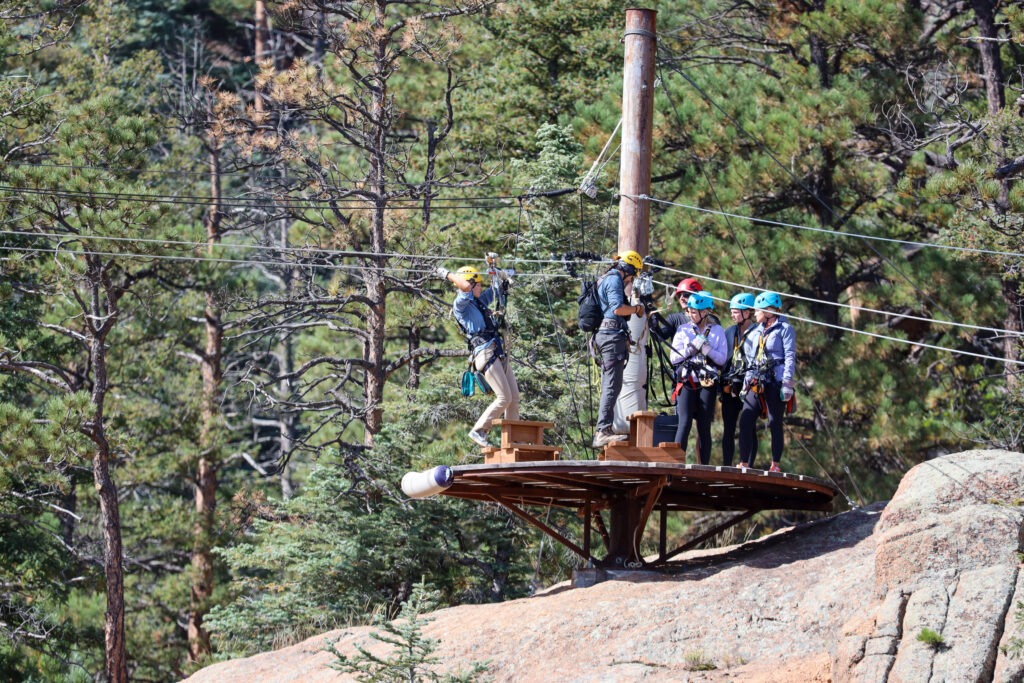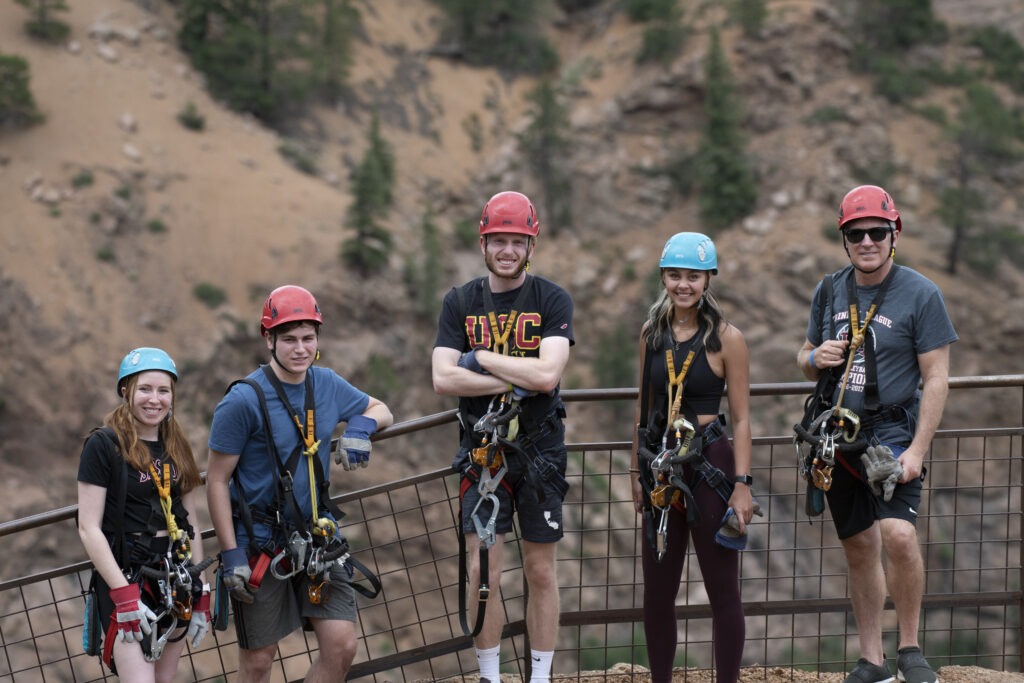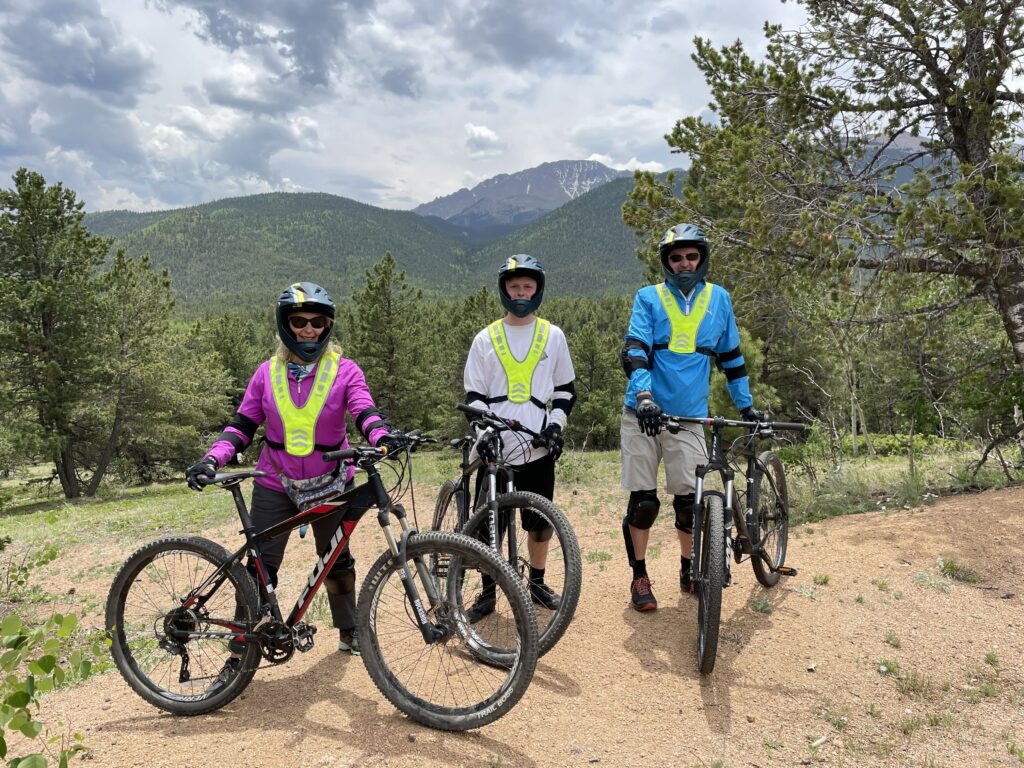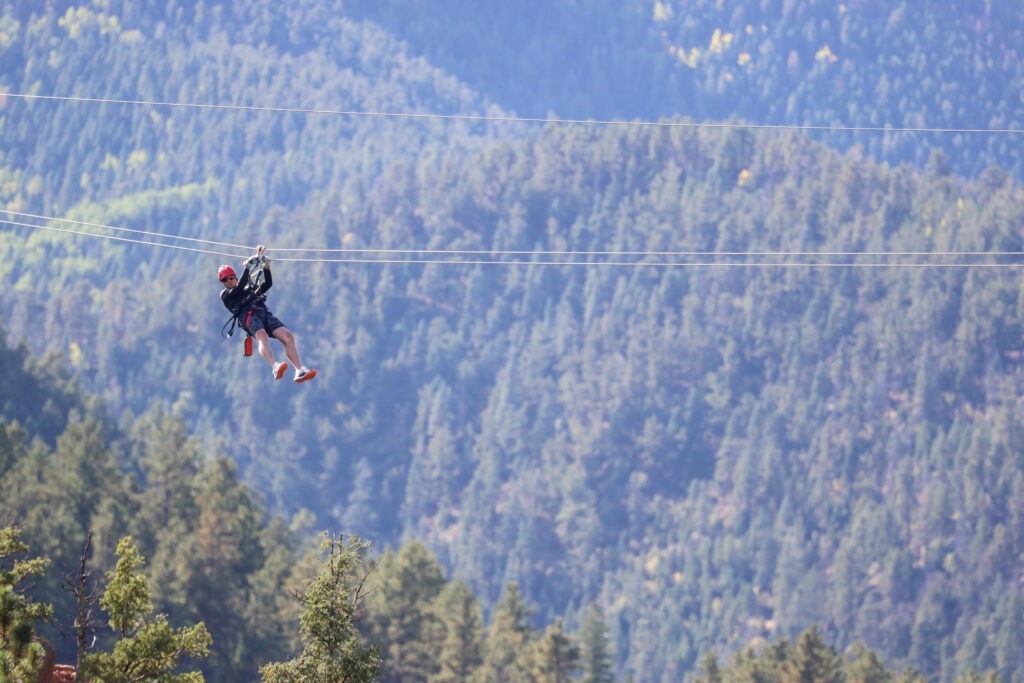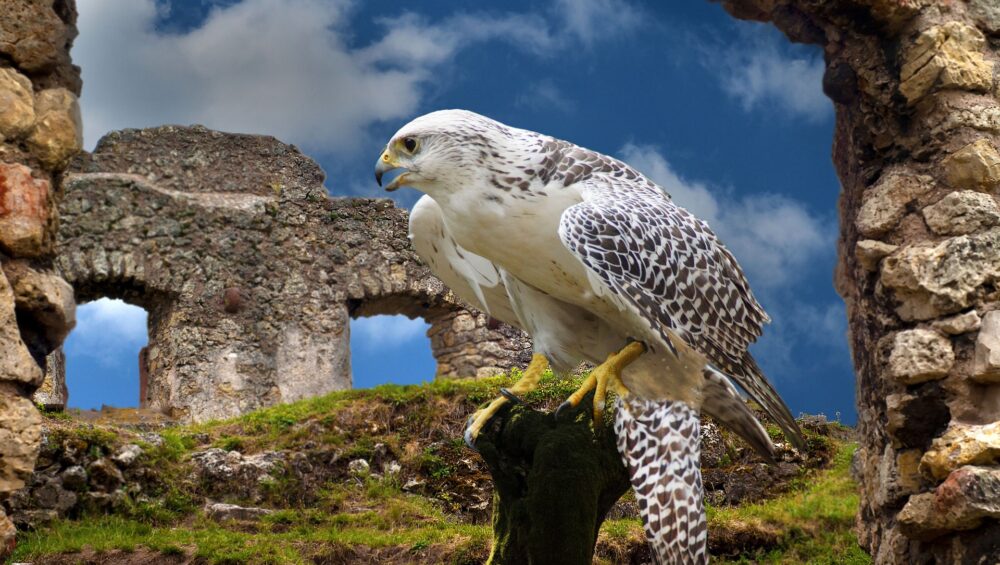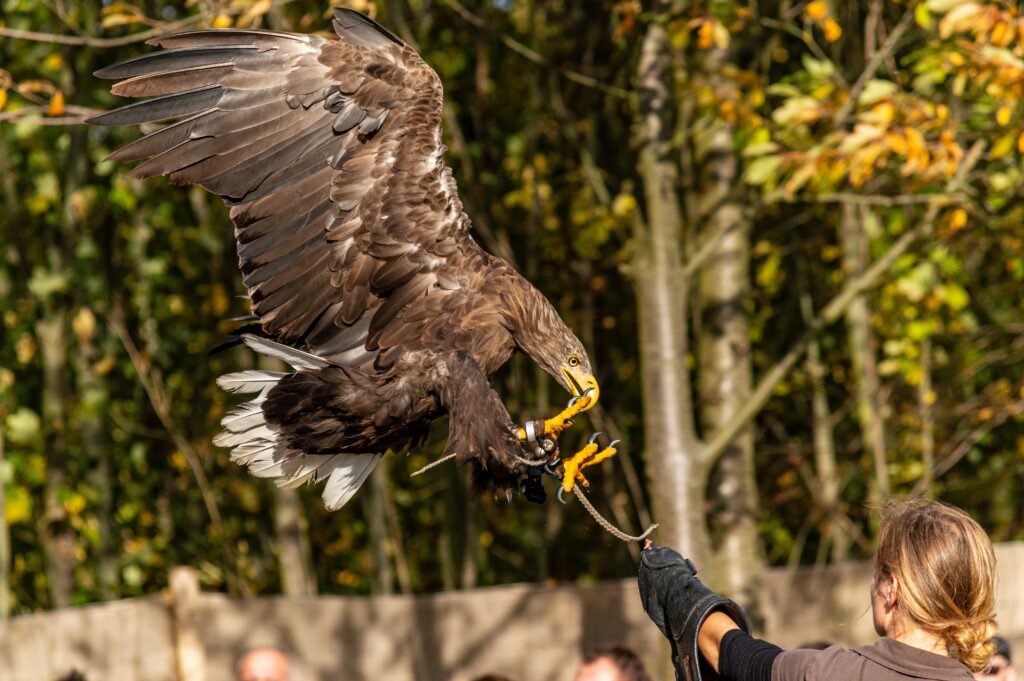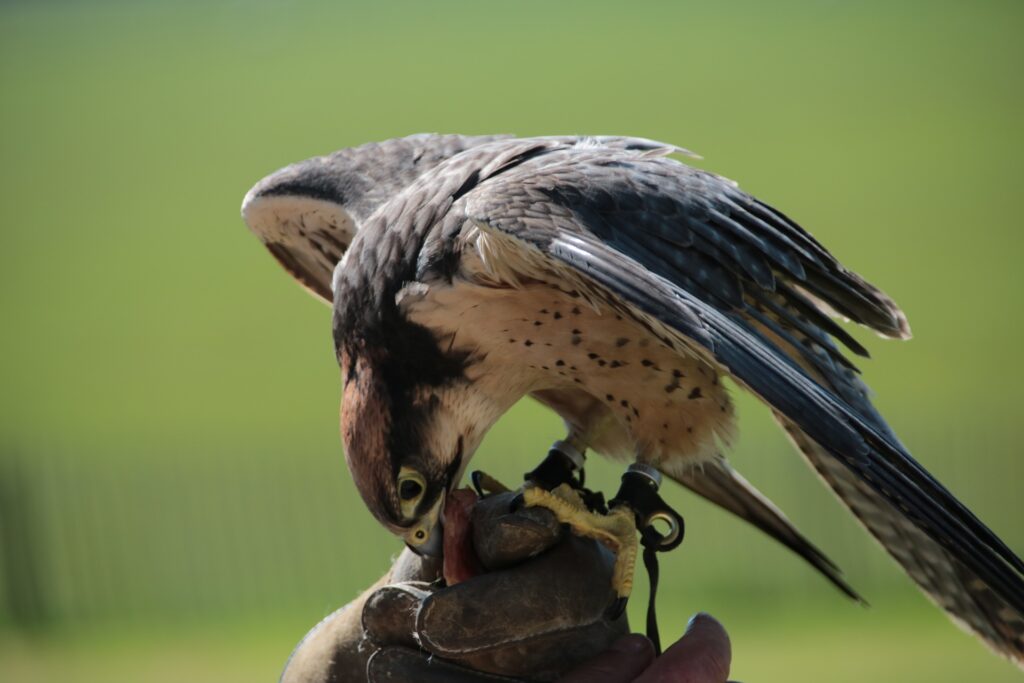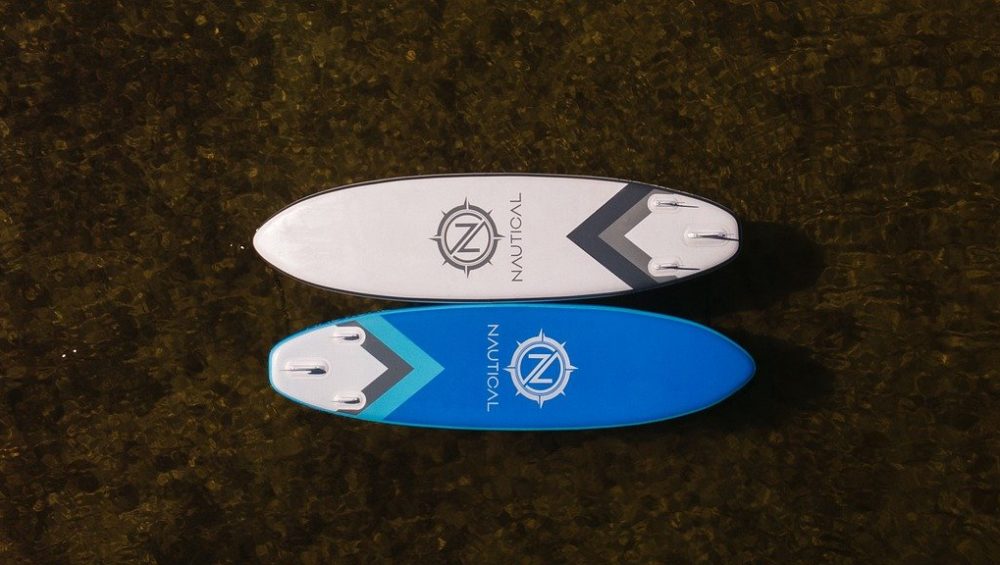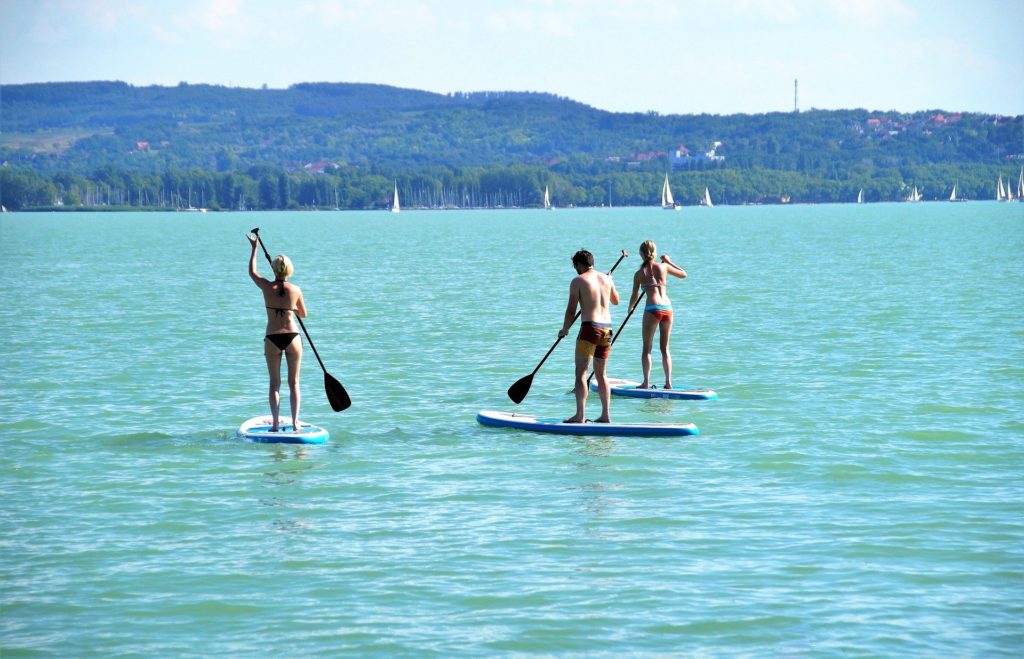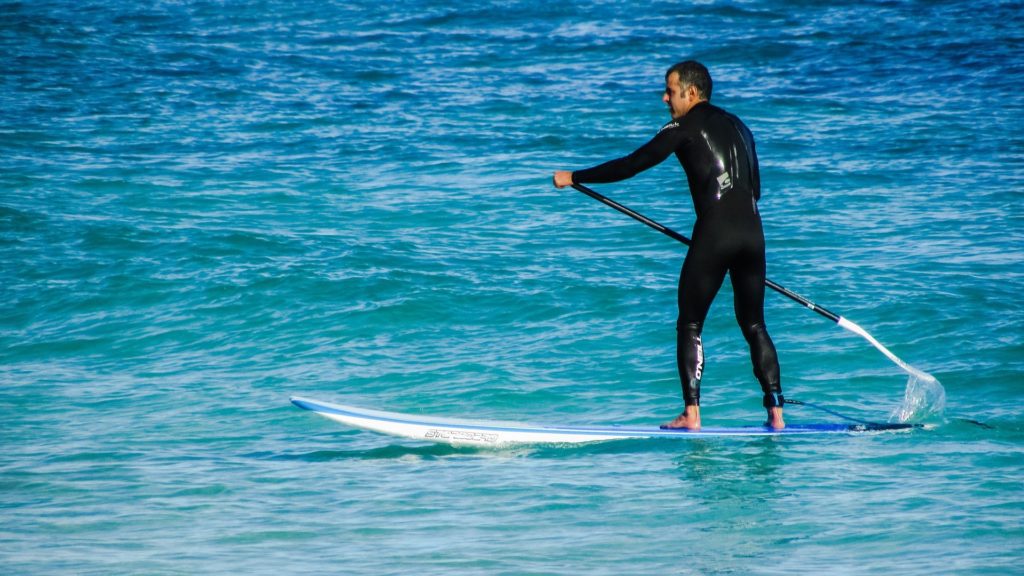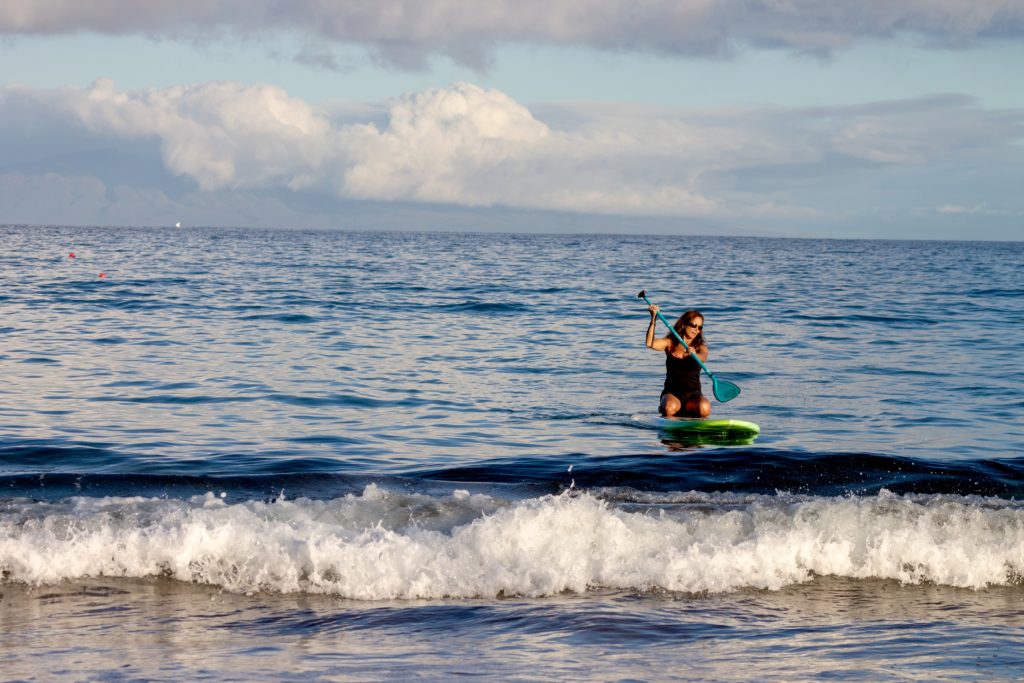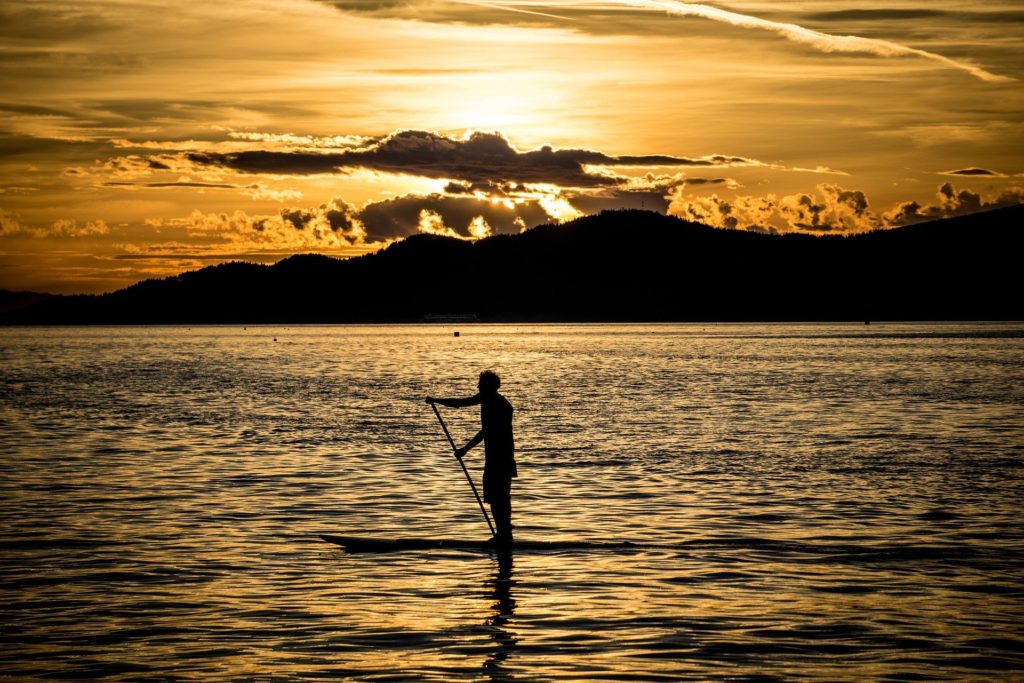If you’re looking for an adventure that combines thrill, breathtaking scenery, and pure adrenaline, white water rafting in Colorado is an experience you can’t miss. With its rushing rivers, dramatic canyons, and world-class rapids, Colorado is one of the top rafting destinations in the United States.
Whether you’re a beginner looking for a scenic float or a thrill-seeker ready to tackle Class IV and V rapids, rafting in Colorado offers something for everyone. Here’s why white water rafting should be at the top of your adventure bucket list—and how to plan the perfect trip.
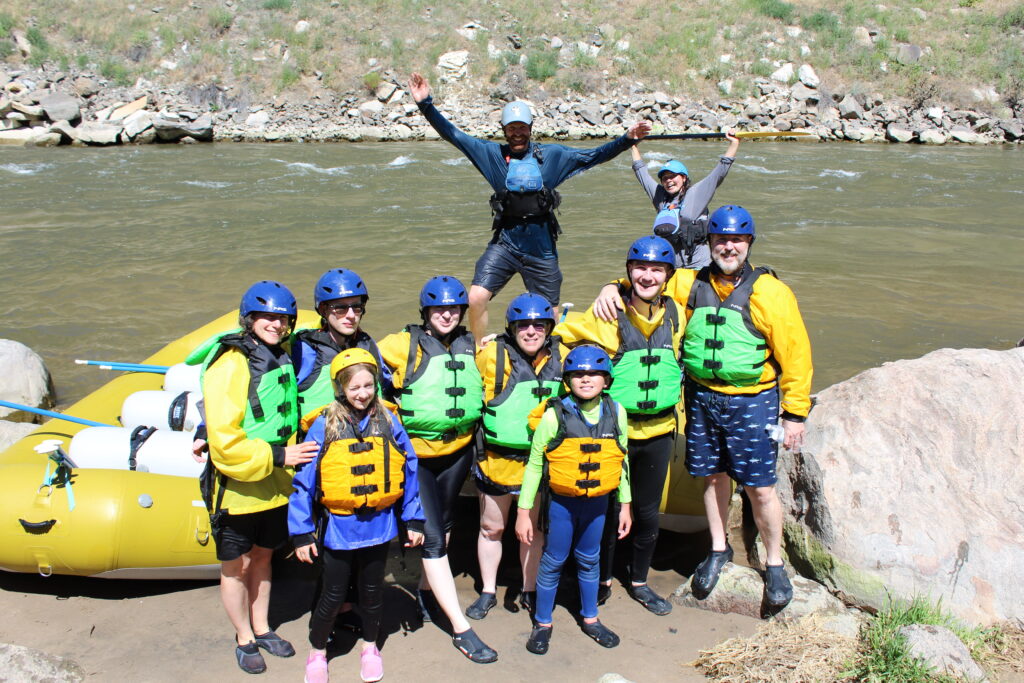
1. World-Class Rivers for Every Skill Level
Colorado is home to some of the best rafting rivers in the country, offering everything from gentle family-friendly waters to high-adrenaline rapids. No matter your experience level, there’s a river for you.
Best Rivers for White Water Rafting in Colorado
Arkansas River – One of the most famous rafting rivers in the U.S., featuring Browns Canyon National Monument, Bighorn Sheep Canyon, and the heart-pounding Royal Gorge.
👉 Book a trip on the Arkansas River: https://www.broadmooroutfitters.com/white-water-rafting/
Clear Creek – Located just outside Denver, this river is known for fast, exciting rapids and great half-day trips for those short on time.
🔗 More info: https://www.colorado.com/articles/whitewater-rafting-clear-creek
Colorado River – A great option for first-time rafters and families, with scenic floats through Glenwood Canyon and even overnight trips.
🔗 Plan your trip: https://visitglenwood.com/things-to-do/rafting/
Animas River – Located in Durango, this river offers a mix of calm sections and exciting rapids, making it perfect for intermediate adventurers.
🔗 Learn more: https://www.durango.org/activities/rafting/
Best Time to Raft: Peak rafting season runs from May to September, with the highest water levels in May and June (perfect for thrill-seekers). July and August offer slightly lower water levels, making the rapids more manageable for beginners and families.
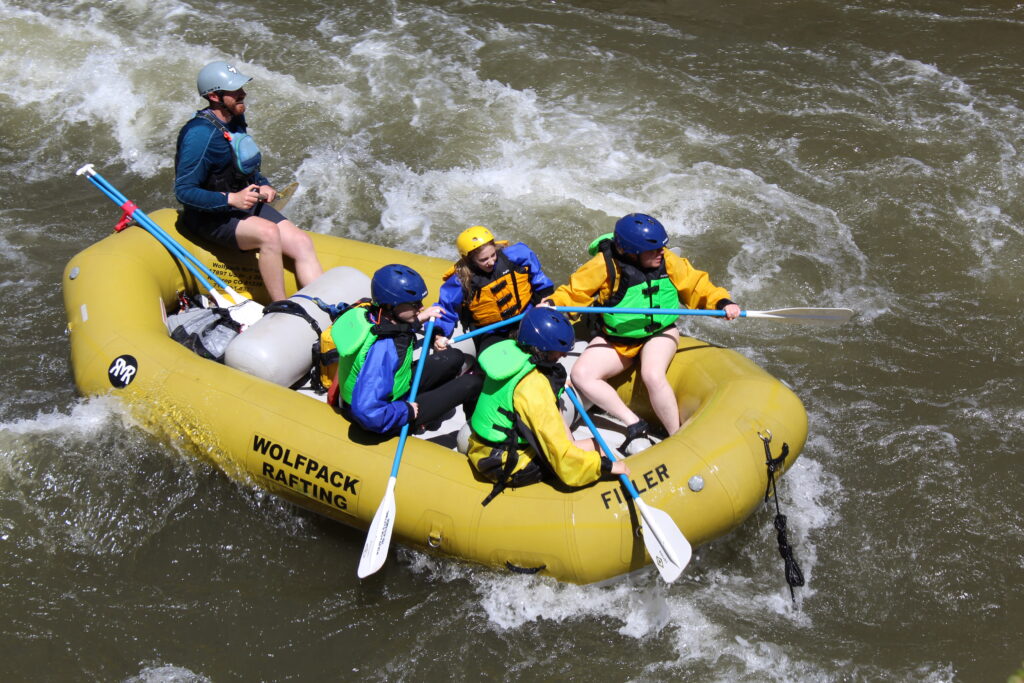
2. Stunning Scenery You Won’t Find Anywhere Else
White water rafting in Colorado isn’t just about the rapids—it’s also about the incredible scenery you’ll experience along the way.
- Towering mountain peaks – Many rafting trips take place in deep river canyons, with snow-capped mountains rising above.
- Lush forests and wildlife – Keep an eye out for bighorn sheep, elk, and even bald eagles along the riverbanks.
- Crystal-clear water – Many Colorado rivers flow straight from Rocky Mountain snowmelt, making them some of the purest waters in the country.
Some of the most scenic rafting locations include:
- Browns Canyon National Monument – A stunning section of the Arkansas River featuring granite cliffs and pristine wilderness.
- Glenwood Canyon – One of the most beautiful sections of the Colorado River, with towering red rock walls and scenic hot springs nearby.
- Royal Gorge – A dramatic canyon over 1,000 feet deep, offering both exhilarating rapids and unbeatable views.
🔗 More about Browns Canyon: https://www.blm.gov/programs/national-conservation-lands/colorado/browns-canyon
3. It’s the Ultimate Group Adventure
Whether you’re planning a family outing, a bachelor/bachelorette party, or a team-building event, rafting is a perfect group activity.
✔ Teamwork Required – Navigating rapids isn’t a solo sport—you’ll work together to paddle in sync, follow your guide’s commands, and conquer the river as a team.
✔ Bonding Over Shared Thrills – Whether you’re laughing after a splash or celebrating a tough rapid, rafting is a great way to connect with friends and family.
✔ Options for Everyone – With beginner-friendly floats and high-intensity rapids, you can pick a trip that matches everyone’s comfort level.
Planning a corporate retreat or large group trip? Many outfitters offer custom packages for private rafting tours.
🔗 Check out group adventure options with Broadmoor Outfitters: https://www.broadmooroutfitters.com/
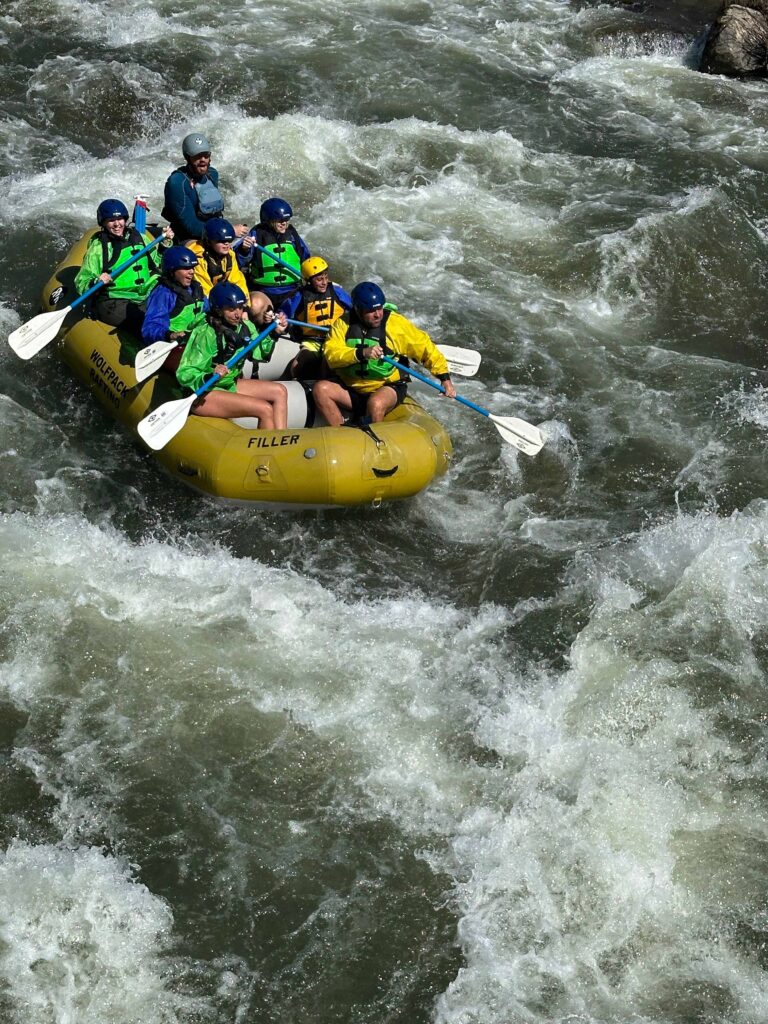
4. It’s an Adrenaline Rush Like No Other
For thrill-seekers, white water rafting is one of the most exciting outdoor adventures you can experience.
⚡ Heart-Pounding Rapids – Rapids range from Class I (easy, gentle floats) to Class V (extreme, expert-level whitewater).
⚡ The Power of the River – Feel the force of the current as you navigate through waves, drops, and swirling water.
⚡ Conquering Nature – There’s something incredibly satisfying about successfully making it through a tough rapid.
If you’re craving high-intensity action, check out Class IV and V rapids in the Royal Gorge or Clear Creek.
🔗 More on rafting classes and difficulty levels: https://www.americanwhitewater.org/content/Wiki/safety:start
5. No Experience Needed – Just Show Up and Paddle
One of the best parts about rafting? You don’t need any prior experience!
Guided Trips – Experienced guides will teach you everything you need to know, from paddling techniques to how to stay safe in the water.
All Gear Provided – Most outfitters supply helmets, life jackets, paddles, and even wetsuits or splash jackets if needed.
Safety First – Rafting guides are trained in first aid, river navigation, and rescue techniques, ensuring a fun and safe experience.
🔗 Learn about rafting safety from the Colorado River Outfitters Association: https://www.croa.org/
How to Book Your Colorado White Water Rafting Trip
If you’re ready to experience the rush of white water rafting, booking a trip is easy.
✔ Choose Your River & Rapids Level – Decide if you want a scenic float or high-adrenaline rapids.
✔ Pick a Guided Tour – Look for a reputable outfitter that provides experienced guides and safety gear.
✔ Dress for Success – Wear quick-drying clothing, secure footwear, and sun protection. Check out our blog for more details about what to wear.
📍 Book your Colorado rafting adventure today:
👉 Bighorn Sheep Canyon, Arkansas River: https://www.broadmooroutfitters.com/white-water-rafting/
👉 Clear Creek: https://www.colorado.com/articles/whitewater-rafting-clear-creek
👉 Colorado River: https://visitglenwood.com/things-to-do/rafting/
Final Thoughts
White water rafting in Colorado is an adventure you’ll never forget. With incredible scenery, thrilling rapids, and expert guides, it’s an experience that belongs on every outdoor lover’s bucket list.
So what are you waiting for? Grab a paddle, hit the river, and experience the thrill of a lifetime!
